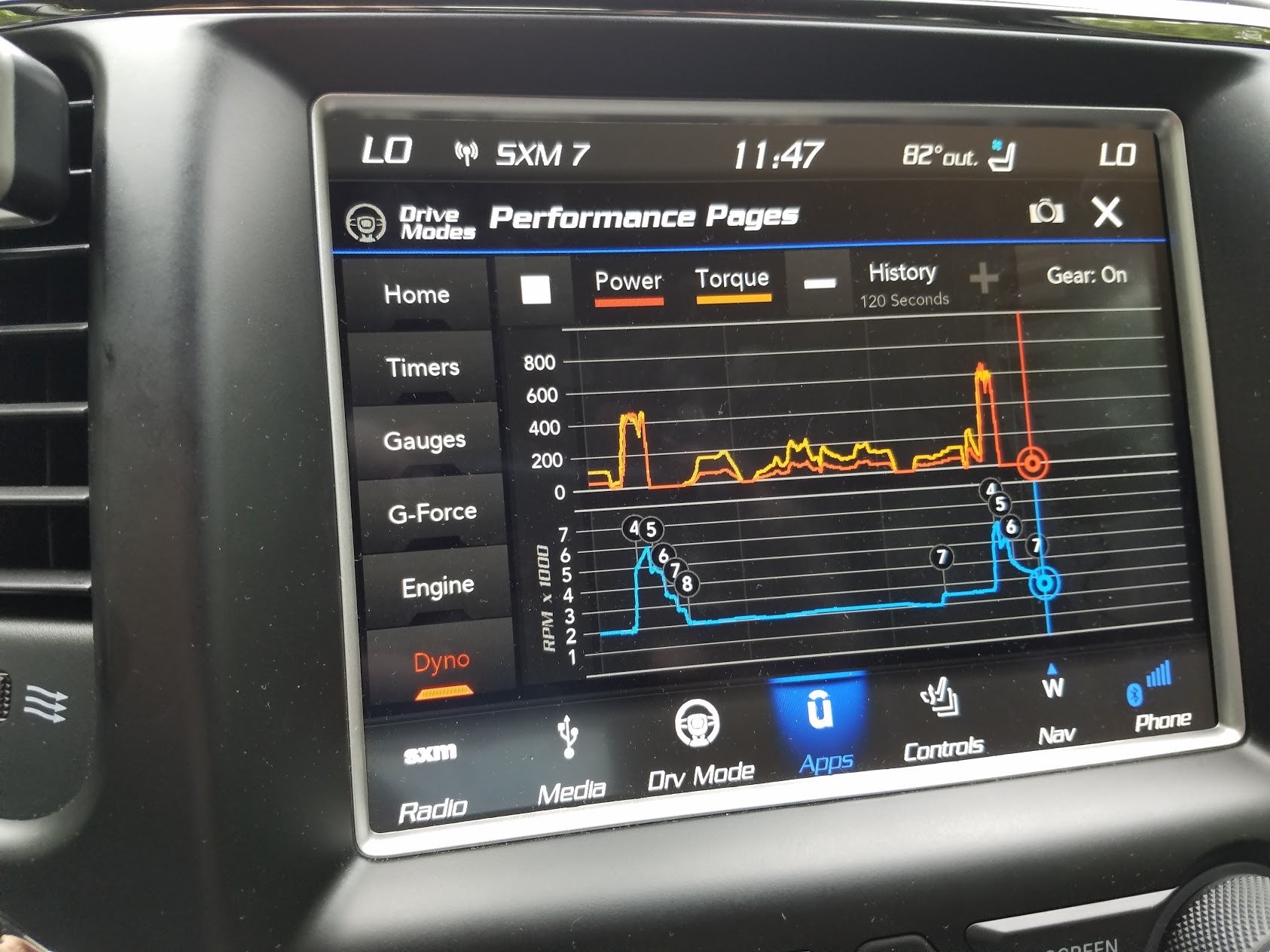Are you a proud owner of a Jeep Grand Cherokee Trackhawk, drawn to its monstrous 707 horsepower and 645 lb-ft of torque? The Trackhawk, a high-performance SUV, promises exhilarating power, derived from its supercharged 6.2-liter Hellcat V8 engine. Many enthusiasts, like the original poster on Hellcat.org, anticipated experiencing the full force of this advertised power. However, some owners are beginning to question if their Trackhawks are truly delivering the promised performance.
One such owner, a long-time enthusiast of SRT vehicles and previous owner of a Hellcat Charger, recently shared his concerns about his 2018 Jeep Grand Cherokee Trackhawk. Despite his love for the vehicle, he noticed something amiss with its power delivery. Specifically, under Wide Open Throttle (WOT), he perceived a noticeable cap in power and acceleration after reaching approximately 75 MPH. This observation led him to wonder if his Trackhawk was genuinely producing the advertised horsepower figures. Adding to his concern, his brother, an owner of a 6.4L JGC SRT, remarked that the Trackhawk didn’t feel significantly quicker than his SRT model during rolling pulls above 60 MPH. This anecdotal comparison further fueled the owner’s suspicion that his Trackhawk might not be unleashing its full potential.
To investigate these concerns more objectively, the Trackhawk owner turned to the performance pages dyno screen, a feature within the vehicle’s system designed to display real-time horsepower and torque figures. He conducted a series of Wide Open Throttle (WOT) pulls in different driving modes, including launch mode, while monitoring the dyno readings. The results, captured in a snapshot of his performance pages dyno screen, revealed some potentially troubling data.
 Trackhawk Dyno Screen Showing Horsepower Readings
Trackhawk Dyno Screen Showing Horsepower Readings
Analyzing the dyno screen capture, we can observe the following:
- Pull 1: Normal Drive Mode with Echo Mode On: This initial pull, conducted in normal drive mode with Echo mode engaged, served as a baseline. As expected in Echo mode, the horsepower was capped at approximately 500 HP, confirming the system’s intended power limitation in this setting.
- Pull 2: Track Mode (WOT): The second pull, performed in Track Mode under Wide Open Throttle, is where the anomaly appears. Instead of reaching the advertised 707 HP, the dyno reading barely exceeded 600 HP. Repeated tests, whether in automatic mode or manually shifting with paddles, consistently showed the Trackhawk’s horsepower flatlining around the 600 HP and 600 TQ mark.
The owner also noted that the ambient air temperature was 82°F and that he was operating close to sea level, conditions that should not significantly impede engine performance. For comparison, he recalled that his previous 2015 Charger Hellcat consistently displayed readings above 700 HP on the performance pages during WOT acceleration, reinforcing his concern that his Trackhawk was underperforming.
Frustrated and seeking clarification, the Trackhawk owner reached out to his local Jeep dealer. While the dealership was helpful, they were unsure how to address the potential power discrepancy. Now, the owner is turning to the Trackhawk and Hellcat community to gather more information. He is asking fellow Trackhawk owners if they have experienced similar results or if they have observed dyno readings exceeding 700 HP on their performance pages. He is also contemplating contacting FCA (Fiat Chrysler Automobiles) to seek further diagnosis and resolution for what he perceives as a significant gap between advertised and actual horsepower. Having invested a substantial sum in the Trackhawk, with the expectation of experiencing its advertised performance, the owner understandably seeks to ensure his vehicle delivers the promised power.
This situation raises important questions for potential and current Trackhawk owners. Is this an isolated incident, or are other Trackhawks also falling short of their advertised horsepower? Further investigation and community feedback are crucial to determine the extent of this potential issue and guide owners on how to address it. If you are a Trackhawk owner, consider monitoring your performance pages dyno readings during WOT pulls and sharing your findings to contribute to this important discussion.